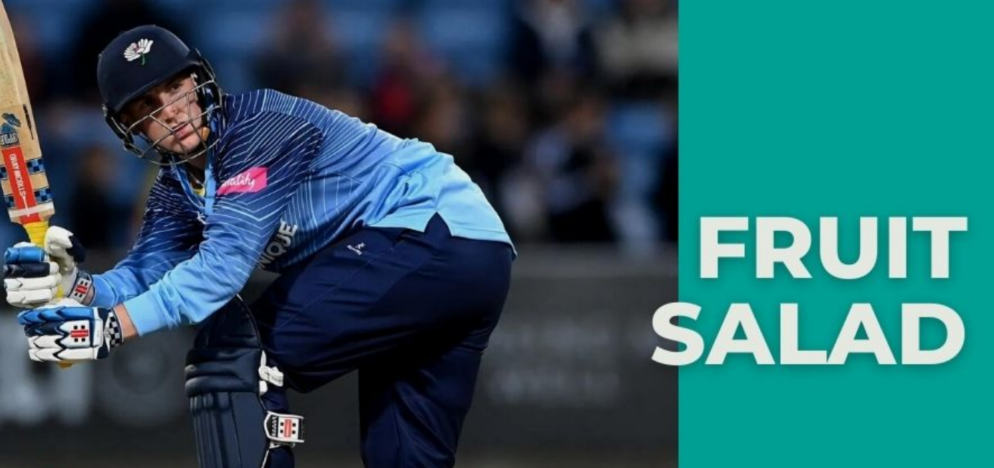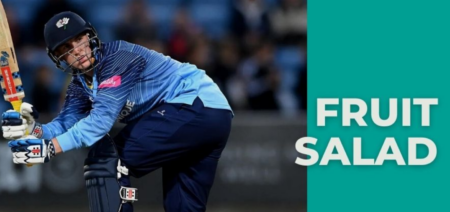

The evolution of cricket from unlimited overs cricket to limited overs cricket has been met with a positive acceptance. The advent of limited overs cricket ushered in an era of scoring runs at a faster rate. Formats like T20 further shifted the onus on the batter, who now scores in a much quicker time with a range of techniques.
In order to counter the batter’s scoring rate, bowlers have to come up with a range of bowling variations to reduce the batter’s chances of scoring runs and keep them guessing. Techniques like the knuckle ball, and the carrom ball were devised to increase the variations in spin and seam bowling.
In One Day Internationals and T20 cricket, bowlers usually bowl and over such that a majority of their deliveries (three to five) are stock balls, whereas the rest are variations. However, some bowlers have a much wider skillset, wherein they have six or more variations that they can effectively deliver.
When a bowler balls all six legitimate deliveries of six different variations, then he or she is said to have delivered a fruit salad. An example of a fruit salad for a seam bowler can be inswing, outswing, off cutter, slow ball, yorker, and a knuckle ball. A similar example for a spin bowler can be leg spin, googly, flipper, top spin, leg break, and arm ball.
The advantages of a fruit salad over is that it can keep the batter guessing and does not allow him or her to predict the type of ball that the bowler is about to deliver next. The disadvantage of a fruit salad over is that is has a very little margin of error. This is because on every ball the bowler has to adjust their pace, line, and length to ensure its effectiveness. Any wayward change in these three aspects can result in the ball being dispatched for runs.
In modern cricket, bowlers like Sunil Narine and Rashid Khan are known for their fruit salad deliveries.




